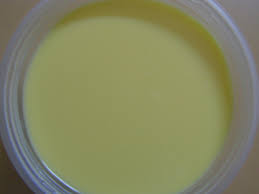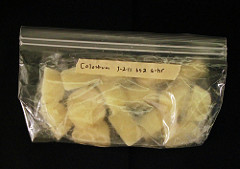Description
Here’s a partial list of some of the more biologically active ingredients identified in bovine colostrum that helps explain why it’s such a potent tool for healing. Not as potent as the first milk.
Immunoglobulins IgG, IgA, IgM, IgE, IgD: Large, complex sugar/protein (glycoprotein) molecules (also known as antibodies) used by the immune system to find and deactivate pathogens such as bacteria and viruses.
Transforming Growth Factor Beta: Stimulates growth and repair of the gastro-intestinal tract.
Epidermal Growth Factor: Biochemically regulates cellular growth, cellular division and cell type. Fosters rapid tissue repair.
Glutathione: Powerful antioxidant that offers protection to cells from free radicals.
Interferons: Specialized proteins that inhibit replication of viruses within cells throughout the body.
Interleukins: A large group of signaling molecules that help regulate the immune system.
Oligosaccharides: Groups of 3-10 sugar molecules that protect against pathogens by competing for binding sites on the intestinal epithelium and provide support to friendly probiotic bacteria.
Proline-rich Polypeptide (PRP) or Colostrinin: Anti-inflammatory hormone that helps regulate immune system activity by stimulating the thymus gland.
Transferrin: Immune system glycoprotein that binds free iron, which, in turn, inhibits bacterial growth.
In cows, newborn calves import up to 90% of their immunity to pathogens and disease from the first 24 hours of suckling. Human newborns get the bulk of their mother’s immunity transferred to them prior to birth (across the placenta) but still need that first colostrum to optimize their immune systems. Gentle reminder for all you mothers-to-be out there: whatever you do, make sure your infant gets its fill of your first milk, then continue to breast feed for as long as you can.
Fortunately for calves (and us), their mothers make a surplus of colostrum, roughly 6 gallons (22-24 liters) in the first 24 hours alone. After that, the concentration of antibodies and other factors tapers off quickly to the levels found in regular or ‘mature’ milk.






Reviews
There are no reviews yet.